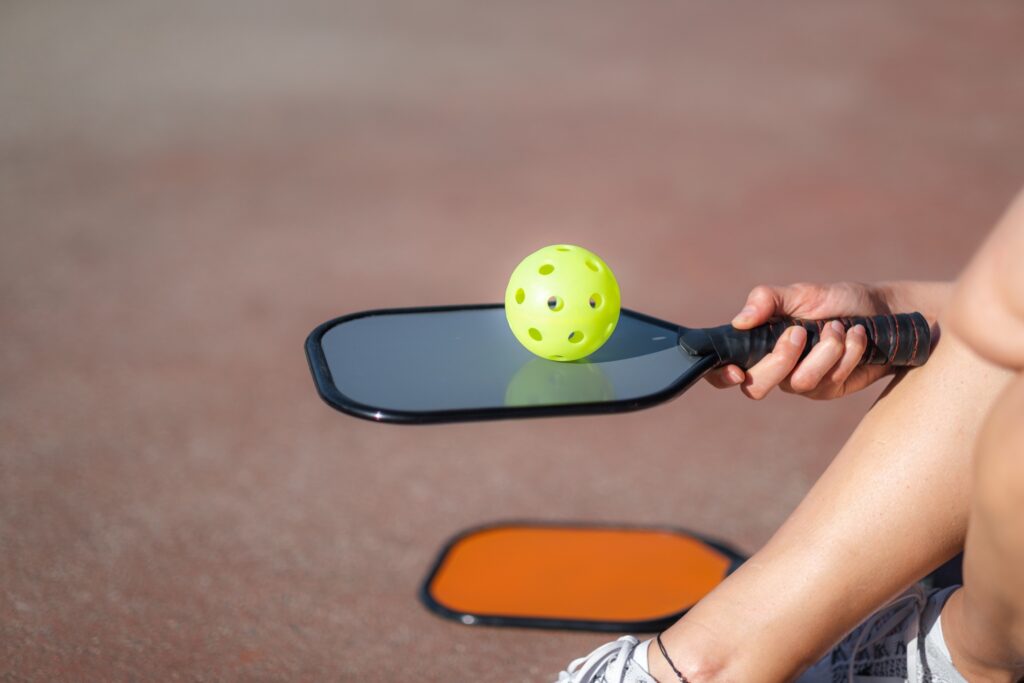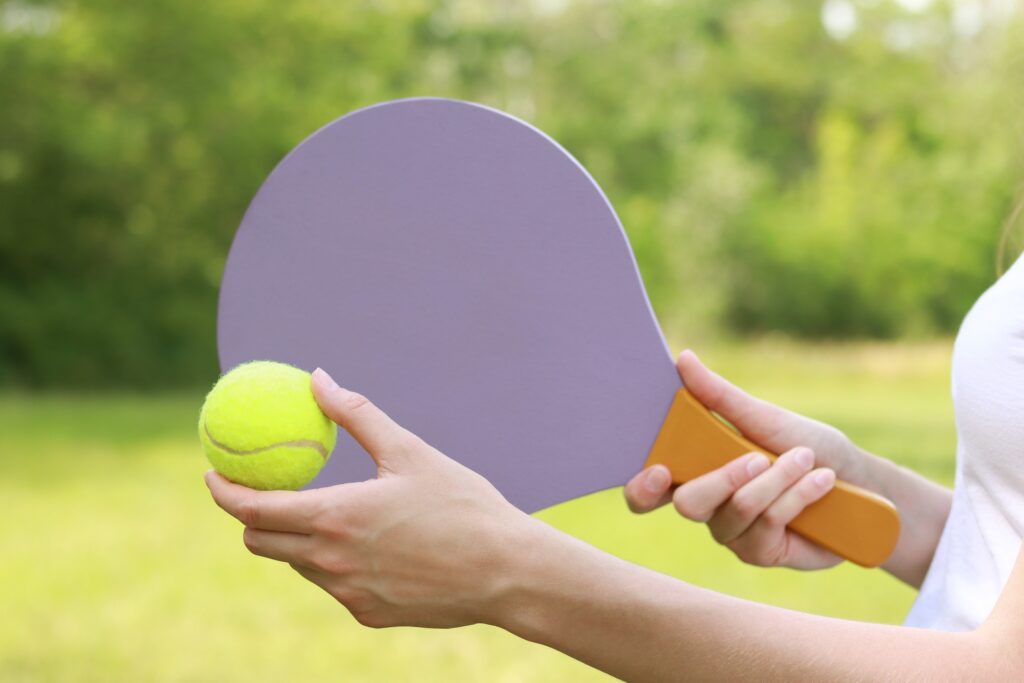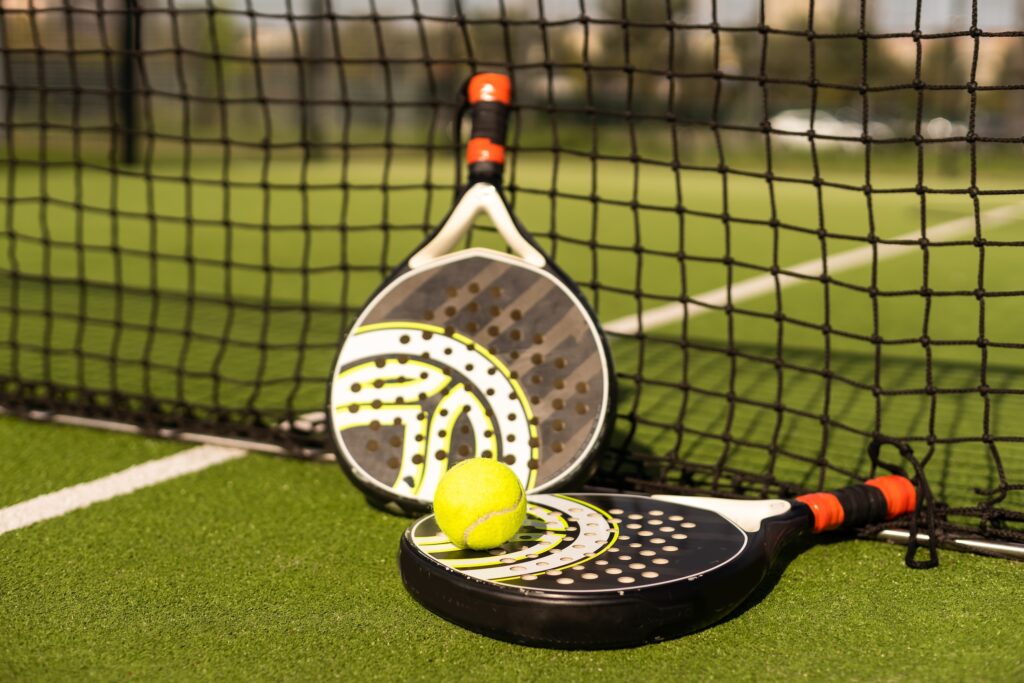Pickleball
Pickleball vs. Paddleball: A Comprehensive Guide to Choosing Your Racquet Sport
Racquet sports have been a source of leisure and exercise for decades, offering players a combination of physical activity, strategy, and social interaction. Two racquet sports that have gained popularity in recent years are pickleball and paddleball. While the names might sound similar, these sports have distinct differences that appeal to various players. In this comprehensive guide, we’ll explore the unique characteristics of pickleball and paddleball, helping you make an informed decision about which sport suits your preferences and skill set.

The Basics of Pickleball

The Basics of Paddleball
-
Origin and History:
- Paddleball has a longer history, dating back to the 1920s. It has evolved over the years, with different variations emerging, including beach paddleball and platform tennis.
-
Court and Equipment:
- Paddleball is played on a smaller court compared to pickleball, and it can be played on various surfaces. The paddle used in paddleball is solid and can be made of wood or composite materials.
- The ball used in paddleball is solid, and the game may be played with or without a back wall, depending on the version being played.
-
Gameplay:
- Paddleball involves hitting the ball back and forth using a solid paddle. The game can be played in singles or doubles, and the rules vary depending on the specific version of the sport.
- Some variations of paddleball allow for the ball to be played off the walls, adding an extra layer of complexity to the game.
-
Scoring:
- Scoring in paddleball can vary, but it often follows a traditional point system, with players or teams needing to win a certain number of points to win a game.

Choosing the Right Sport for You
-
Physical Demands:
- Pickleball tends to be less physically demanding than paddleball due to the larger court size in paddleball. If you’re looking for a sport with a moderate level of physical activity, pickleball might be the better choice.
-
Court Size:
- Consider whether you prefer the intimacy of a smaller paddleball court or the more spacious pickleball court. The court size can influence the pace and style of play in each sport.
-
Skill Level:
- Both sports are beginner-friendly, but pickleball might be more accessible for those new to racquet sports. If you’re a seasoned player looking for a challenge, paddleball offers a diverse set of skills to master.
-
Community and Accessibility:
- Pickleball has experienced a surge in popularity, resulting in a widespread community of players. Paddleball communities might be smaller but offer a tight-knit group of enthusiasts. Consider the availability of courts and players in your local area.




















